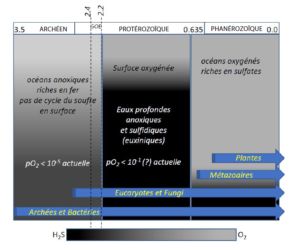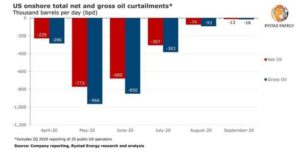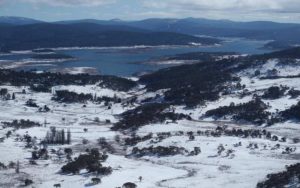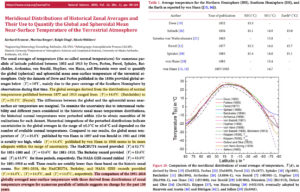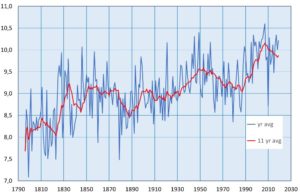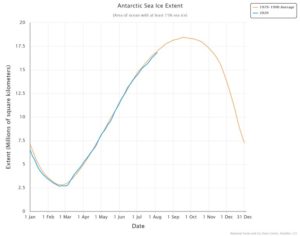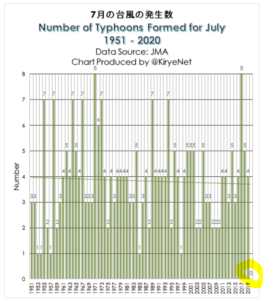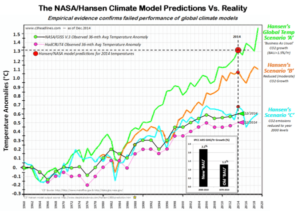by A. Préat (.pdf), 21 août 2020 in Bull.Séanc.Acad.R.Sci.OutreMer
Mots-clés. — Écosystèmes microbiens; Isotopes du carbone et du soufre; Oxydoréduction; Oxygène; Océans et atmosphère.
Résumé. — L’oxygène n’est pas apparu aussi brutalement qu’on le pensait sur notre planète. Malgré un apport en oxygène lié aux cyanobactéries dès l’archéen, ce ne sont pas ces microorganismes qui sont à la base de la première grande «révolution» de l’oxygène qui a eu lieu à la limite archéen/paléoprotérozoïque (il y a deux milliards et demi d’années) dans l’atmosphère, lors du Grand Événement d’Oxydation. Ce sont les processus liés au cycle de la tectonique des plaques (activité mantellique et périodes intenses d’érosion/altération) qui ont contribué de manière déterminante à l’augmentation de la concentration de l’oxygène atmosphérique voici deux milliards et demi d’années. Les deux principaux processus responsables de cette augmentation sont liés à l’enfouissement de la matière organique et de la pyrite. L’altération des séries riches de ces deux composants conditionnera ensuite pendant près d’un milliard d’années la composition chimique des océans en oxygène, soufre et fer. Au cours du temps, l’oxygène proviendra de l’activité des cyanobactéries et l’atmosphère réductrice du début de l’archéen sera remplacée par une atmosphère oxydante à la fin du précambrien.
Keywords. — Microbial Ecosystems; Carbon and Sulfur Isotopes; Oxidation Reduction; Oxygen; Oceans and Atmosphere.
Summary. — The Precambrian: Bacteria, Plate Tectonics and Oxygen. — Oxygen did not appear as abruptly as we thought on our planet. Despite an oxygen supply related to cyanobacteria since the Archean, these microorganisms are not at the origin of the first great oxygen revolution that took place at the Archean/Paleoproterozoic boundary (two and a half billion years) in the atmosphere during the Great Oxidation Event. Two processes related to the cycle of plate tectonics (mantle activity and intense periods of erosion/weathering) were mostly involved in the increase of the atmospheric oxygen concentration two and a half billion years ago. These two main processes are related to the burial of organic matter and pyrite. The alteration of series with high contents of these two elements will then condition for nearly one billion years the oxygen, sulfur and iron chemical composition of the oceans. Oxygen will finally come from the activity of cyanobacteria and the early Archean reducing atmosphere will be replaced by an oxidizing atmosphere at the end of the Precambrian.
…
Fig. 3. — Évolution des compositions chimiques et des organismes des océans en trois phases majeures. À l’archéen, les océans contiennent peu d’oxygène et sont relativement riches en fer (colonne de gauche), alors que dans les océans modernes (colonne de droite) l’oxygène est abondant et le fer en quantité limitée. Entre ces deux phases, un long intervalle d’un peu plus d’un milliard d’années est caractérisé par des océans avec des concentrations modérées d’oxygène en surface et des eaux plus profondes riches en H2S en présence de quantités limitées de fer, de molybdène et d’autres éléments en traces importants dans les cycles biologiques. La colonne centrale représente l’«Océan de Canfield» et caractérise le Boring Billion. L’H2S produit (suite à la présence des sulfates, cf. texte) réagit avec le fer ferreux pour former la pyrite. Le fer ferreux n’est donc pas consommé par l’oxygène durant cet intervalle de temps, mais par l’H2S. L’Événement Lomagundi-Jatuli a lieu à environ 2,1 Ga dans le GOE (Great Oxidation Event), marqué par une très forte production d’oxygène. Le début du GOE est marqué par l’oxydation de la pyrite sur les cratons et la disparition des minéraux détritiques sensibles aux conditions d’oxydoréduction des éléments chalcophiles ou sidérophiles (uraninite, sidérite, pyrite, molybdénite, etc.). Les deux grands épisodes «Terre Boule de Neige» à 2,3 Ga («Glaciation Makganyena») et 0,635 («Glaciation Marinoenne»), et d’autres événements glaciaires moins importants ne sont pas reportés ni discutés dans le texte (modifié d’après Knoll 2003).

